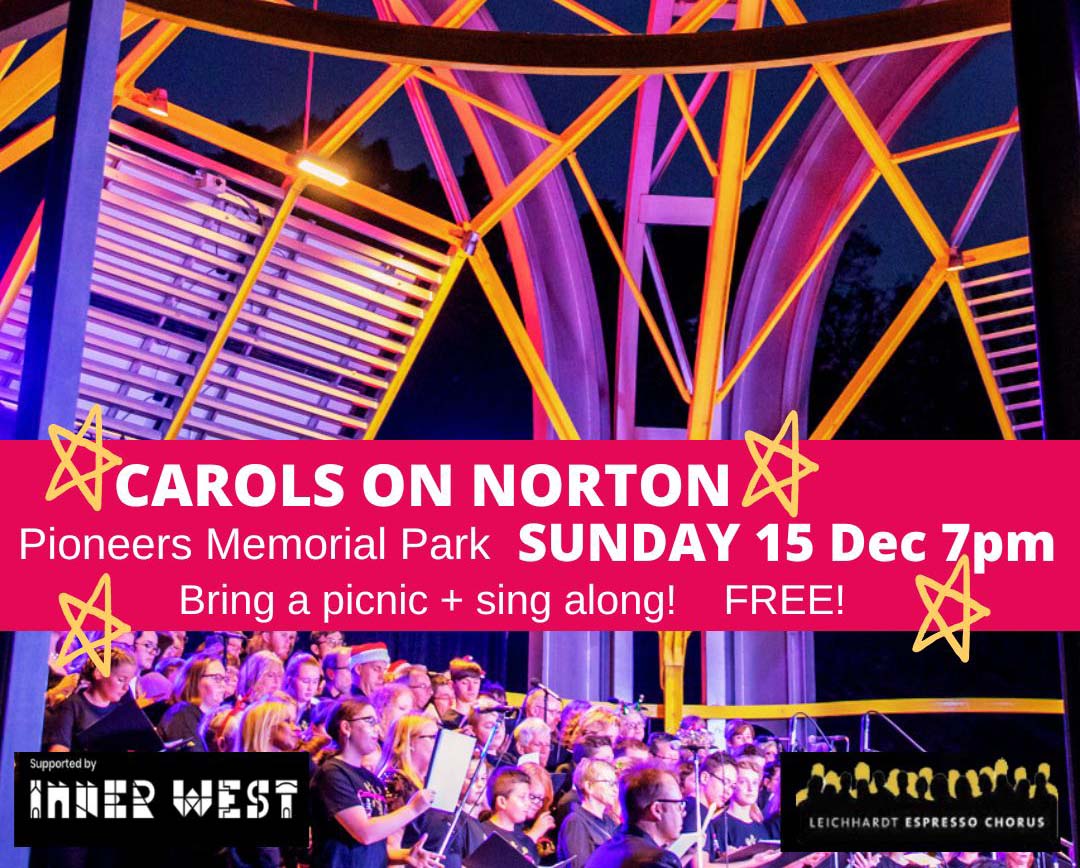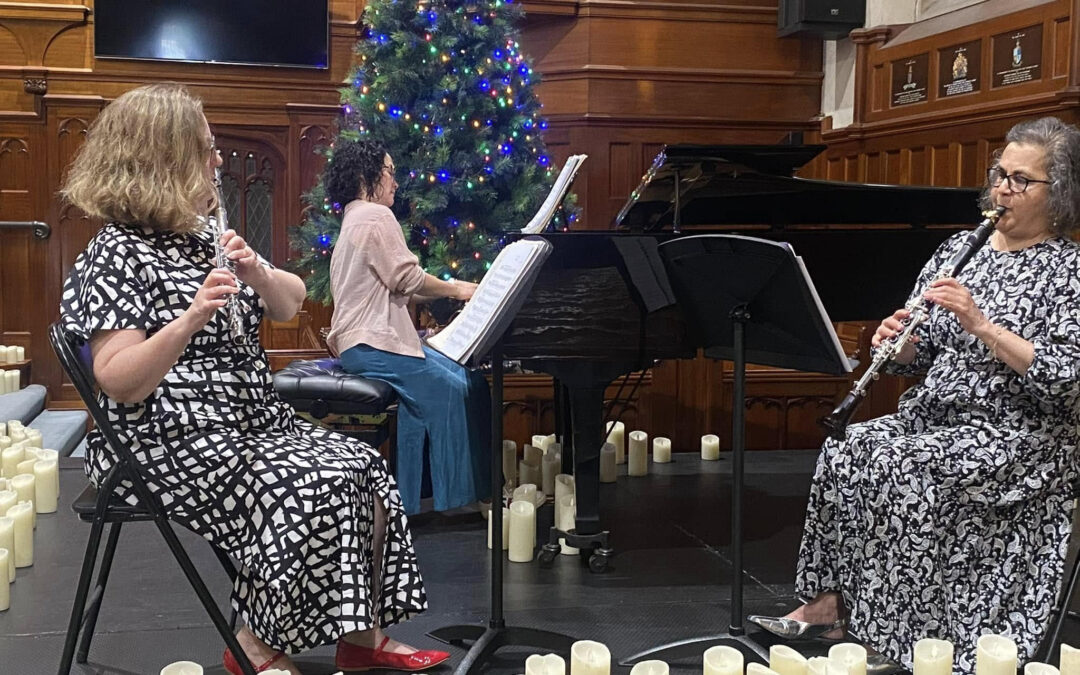Every programme given by the Sydney Mozart Society is carefully thought out in collaboration with the artists. Whether intentional or not, Friday night’s concert was notable for featuring music which to most listeners was to some extent unfamiliar. The performing artists, the Sydney Soloists, were probably more familiar to many in the audience and the decision to play these pieces must be applauded.
We started with Brahms’ Clarinet Trio in A minor. After his “retirement” in 1890, Brahms heard clarinettist Richard Mühlfeld and was so inspired that he decided to compose four works for the clarinet as well as others such as the Double Concerto. The combination of clarinet, cello and piano is an unusual one but nonetheless effective – so effective at the first performance with Mühlfeld on the clarinet and the composer at the piano that it moved an artist, Adolf Menzel, to make a sketch with the clarinettist portrayed as a Greek God! The initial serene theme of the Allegro on the cello is taken up by the clarinet and after extensive development ends with descending chromatic scales on the piano. The Adagio starts with a theme of descending thirds on the clarinet, followed by the cello intertwining and the piano asserting changes in rhythm and key. A bright Andantino incorporates a lively waltz, and in the middle, a stylised Trio. The final Allegro is a typical jumpy Rondo which ends forcefully. An intriguing and satisfying piece, but am I on my own feeling that Brahms was at his best when writing for five instruments or more?
The clarinettist Francesco Celata, principal of the Sydney Symphony Orchestra, is well known to Mozart Society regulars. Umberto Clerici, principal cellist of the Sydney Symphony Orchestra is also familiar to many concertgoers. Daniel Herscovitch on piano has toured extensively with Musica Viva among others playing as soloist and in chamber groups. He is Associate Professor at the Sydney Conservatorium of Music.
On listening to Mozart’s Divertimento for violin, viola and cello (his only work for this combination), it’s surprising to note that it was written just after his last three symphonies. It’s less surprising to note that it was written on commission (for a merchant friend) as were so many of his more light-hearted works. I should perhaps note that the Requiem was almost certainly not commissioned as suggested in “Amadeus”. The first movement is surprisingly dramatic, atypical of the key of E flat major and the second subject features delicate interplay between viola and cello.
The Adagio which follows is more reserved and leads into a Minuet which is lighter in tone and has several variations. The Andante is a Theme and Variations in which the third is dramatic in contrast to the others. The second Minuet is more conventional having a hunting style theme and two trios of which the first is a peasant dance and the second a waltz. The Allegro Finale features a catchy tune which is developed in Rondo form. An interesting work which perhaps belies its title.
Tobias Breider on viola has also been a member of the Sydney Symphony Orchestra since 2011. Before coming to Australia, he held Principal positions in orchestras in Düsseldorf, Berlin, Hamburg and Leipzig. In Australia, he has played as soloist and also with the Australian Youth Orchestra and many Chamber ensembles. He is very well travelled having also played and taught in the USA, UK and South Africa.
Ernő Dohnányi was born in Hungary in 1877 and used the German form of his name, Ernst, in his compositions. He is best known for his variations for piano and orchestra on “Twinkle, Twinkle, little star” and as the grandfather of world-famous conductor Christoph von Dohnányi. What is not so well-known is that he played a considerable role in the Second World War by arranging for Jewish musicians to be deported to friendly countries rather than be sent to concentration camps.
For Dohnányi’s Sextet in C major, op. 37, the soloists were joined by the inimitable Robert Johnson on horn. He has only recently retired as principal of the Sydney Symphony Orchestra after no less than 31 years and no one has heard him play a false note yet. The work was composed in 1935 and combines Romantic and Hungarian influences. It opens with a powerful Allegro with the horn playing above arpeggios by the cello while a second subject is almost ethereal, a mood that continues into the Intermezzo which follows. The piano then introduces a rhythmic background followed by loud chords reminiscent of Rachmaninov. The third movement is an Allegro set of variations with a central faster Scherzo while the work’s opening theme recurs and ushers in the final Allegro marked “joke-like”. Jaunty and jazzy, this section really roused the audience and showed off the brilliant playing of the pianist changing time signatures frequently and winning the battle with the syncopated horn.
I wonder if Dohnányi’s music will become more frequently heard. Certainly this entertaining work was well-received and proved an excellent climax for a very enjoyable evening. This was heightened by the brilliance of the sextet combining accuracy with musical feeling.
Thoughts about:
![]()
Sydney Mozart Society: Sydney Soloists | Chatswood | Fri 2 Aug, 2019
![]()





























